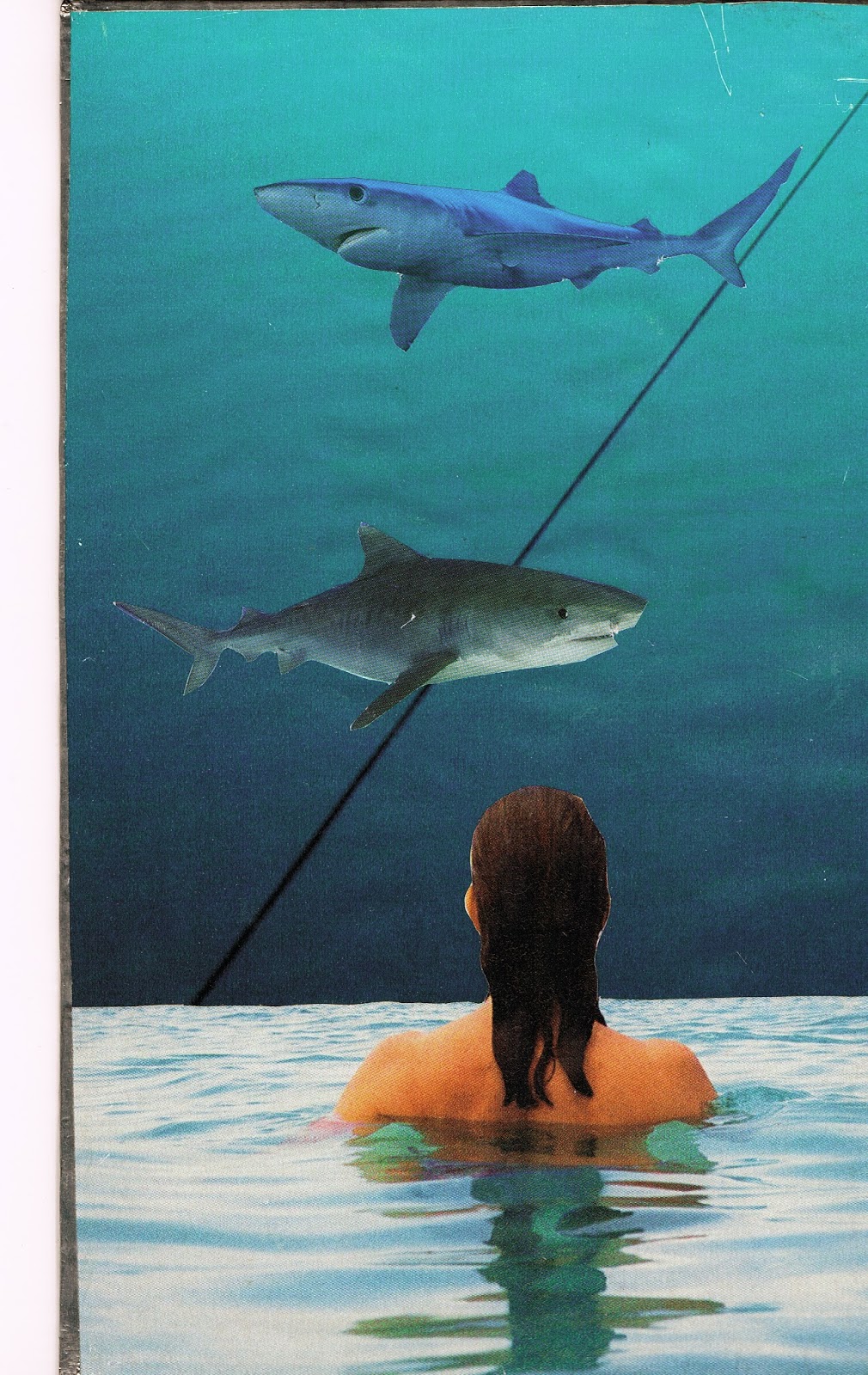One of the inmates wanted to see me to talk about the anniversary stresses that they had been trying to cope with. For the first time, the inmate opened up and talked about their crime. It had been something we had danced around in our biweekly meetings. I think it was good to get the crime out into the open so that the inmate could see that I wasn’t going to abandon or reject them as they feared. Guilt and punishment by God is a continual theme for this inmate. While remorse and responsibility are an important part of rehabilitation, self-flagellation is not a motivating skill, and I am trying to steer this inmate away from it.
I also was asked to speak with an inmate that I do not enjoy working with. This inmate is in jail for a sexual crime, and I suspect that they make up things to talk to me about. The Freudian part of my mind finds that in of itself to be interesting! Why does this inmate find it necessary to make up or embellish stories in order to speak with me? Do they not feel worthy of spending time in a chaplain’s presence? Do they enjoy presenting a false face and manipulating others? Is it an example of possible cognitive delays that have gone on diagnosed? It could be all of that, or none of that, but since I can’t know for sure I will just keep offering the ministry of presence to the best of my abilities.
I also got to speak with an inmate who is on solitary confinement. This was an interesting experience because I have spent very little time in this section of the prison. While I was counseling this inmate who was in the midst of processing a tragic death in the family, other inmates began to scream and call out in distress. When one would yell another would yell back. Sometimes I could barely hear the person I was trying to talk to. The pain in the voices was audible, and one person called out that they had been “back here” for four years. Then someone shouted that the chaplain was back here, and everyone got quite. I could hear a few apologies being said.
While I do believe that solitary confinement is necessary for some violent and predatory inmates, it has been fairly clearly established that it can cause an exacerbation of mental health problems and worsen behavioral acting out.
Solitary confinement (what the inmates I work with call “the hole”) is not used extensively in the prison I work with, but there are prisons in other states that only use this form of isolation liberally to deal with disciplinary issues. Some prisons only have solitary confinement as an option, although sometimes two inmates will share a cell. I suspect that it is favorable in some institutions because staffing is reduced when inmates are not interacting with each other.
This form of isolation is inhumane and illogical. Humans are social creatures who like to live in herd like formations. It is unnatural for most of us to live without human companionship in some form. It is also does not make any logical sense that by locking people up, and having them completely alone for twenty three hours a day, that we would be helping them in any way be better prepared to live a prosocial life in the outer communities.
National Geographic made a documentary called Solitary Confinement that is available to view on Netflix. It clearly demonstrates the devastating effects of solitary confinement and the way that it affects the mental health of people who have to endure it. I highly recommend that anyone concerned with the welfare of incarcerated adults view this documentary.

No comments:
Post a Comment